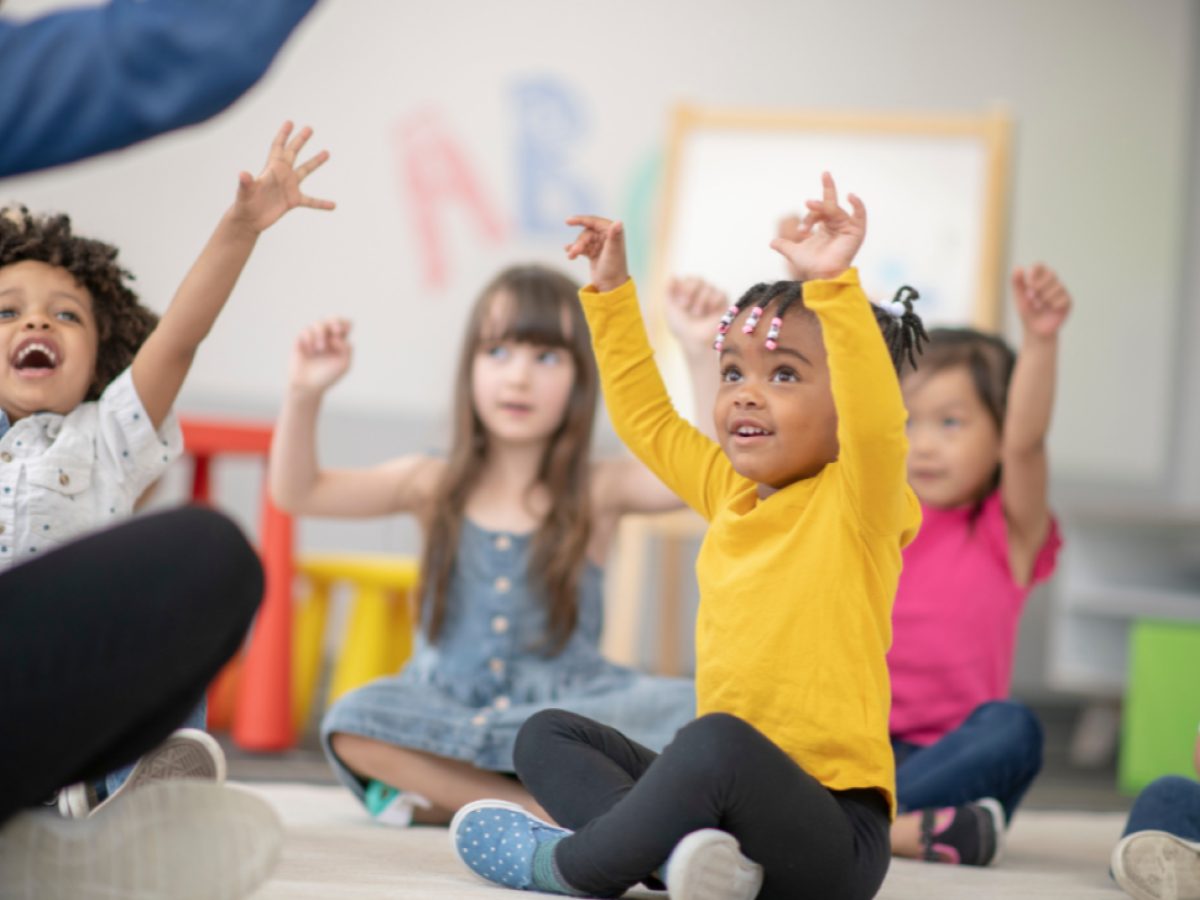Tips on Identity
Vroom
May 30, 2024

Identity is a mix of how we see ourselves, our dreams for the future, and the groups we belong to. Young children notice these things and are building a sense of who they are. This new Tip collection from our partners at Vroom explores how kids of all backgrounds can build positive self-awareness. Through this, they can better understand their role in their family, community, and beyond.
Sense of Self
How our brains make sense of who we are and understand others.
- In the first few years of life, children begin to piece together an awareness of the thoughts, feelings and desires of the people around them, gradually building skills to help them succeed in our social world.
- The “like me” reflex, which all humans have from a very early age, causes us to initially identify and connect with those who look like us.
- A child’s positive identity comes from a sense of healthy belonging.
Science of Identity
- At 3 months old, children begin to note physical traits like skin color.
- By 9 months old, children start to show preference for faces that resemble their caregivers.
- By age 2 children are beginning to practice categorization. For example, they might start sorting people by the color of their skin or gender.
- By age 3 and older children are becoming more aware of subtle social cues. They are also discovering the pros and cons of belonging to one group or another.
Vroom Tips on Identity
It’s as simple as telling family stories! Stories like these help your child build self-esteem, regulate their emotions, and have better relationships with others.
Picture This
Suggested Age: 0-12 months
Do you have some books or magazines around? Show your child the pictures. They will like clear simple pictures, especially of faces. Choose a variety of faces and skin tones. Talk with your child about what you see. How do they respond? Now talk about their response!
Color Love Song
Suggested Age: 0-3 years
Make up a color love song with your child. Start with something easy, like their eyes. “Hey little baby with the big brown eyes.” Ask them what they want to sing about next, like their hair or skin. Takes turns singing about these things in positive ways.
Memory Bank
Suggested Age: 0-5 years
As you are doing something with your child, share a related memory. For example when cooking, “Remember when we cooked collard greens with Grandma last Christmas?” Or when tidying, “I remember having a doll just like this when I was a girl.”
Who We See
Suggested Age: 6 months – 18 months
Notice how your child looks at different people. Do they react differently with men or women? People who are tall or short? Different skin tones? Do they respond to people differently when they look like you?
Picture Parts
Suggested Age: 6 months – 2 years
Draw your child’s attention to pictures of people in books, magazines, or even the signs around you. Look for diverse races and ethnicities. Point to di erent parts of a person’s body or face and name them. Then point to and name the same parts on your child’s body and on yours. As they get older, take turns pointing to and naming each part.
I Notice You Notice
Suggested Age: 6 months – 3 years
Is your child interested in someone else’s hair or skin? Children notice race and are curious. You might calmly say, “You’re noticing that your friend has beautiful curly hair. That’s her hair. Where is your hair?”
Our People
Suggested Age: 9 months – 5 years
Talk to your child about the people they know. This could be their friends, teachers, or neighbors. How do they look the same or di erent from each other? It’s OK to notice skin color.
Comparing Faces
Suggested Age: 12 months – 3 years
While you wait, look for a picture of a child in a magazine, book, or signs around you. Look for diverse races and ethnicities. Point out the picture and talk about what is the same and what is different between them and the child in the picture. “She has two eyes and so do you!” “Her eyes are blue and yours are brown.” Take turns!
Look Like Me
Suggested Age: 12 months – 5 years
Does your child like looking at family photos with you? Take turns talking together about what people look like. Does their hair or skin look like your child’s? Ask your child to point out the similarities that they notice.
For even more ideas, check out Vroom’s Identity Tip Sheet. It’s also available in Spanish!
